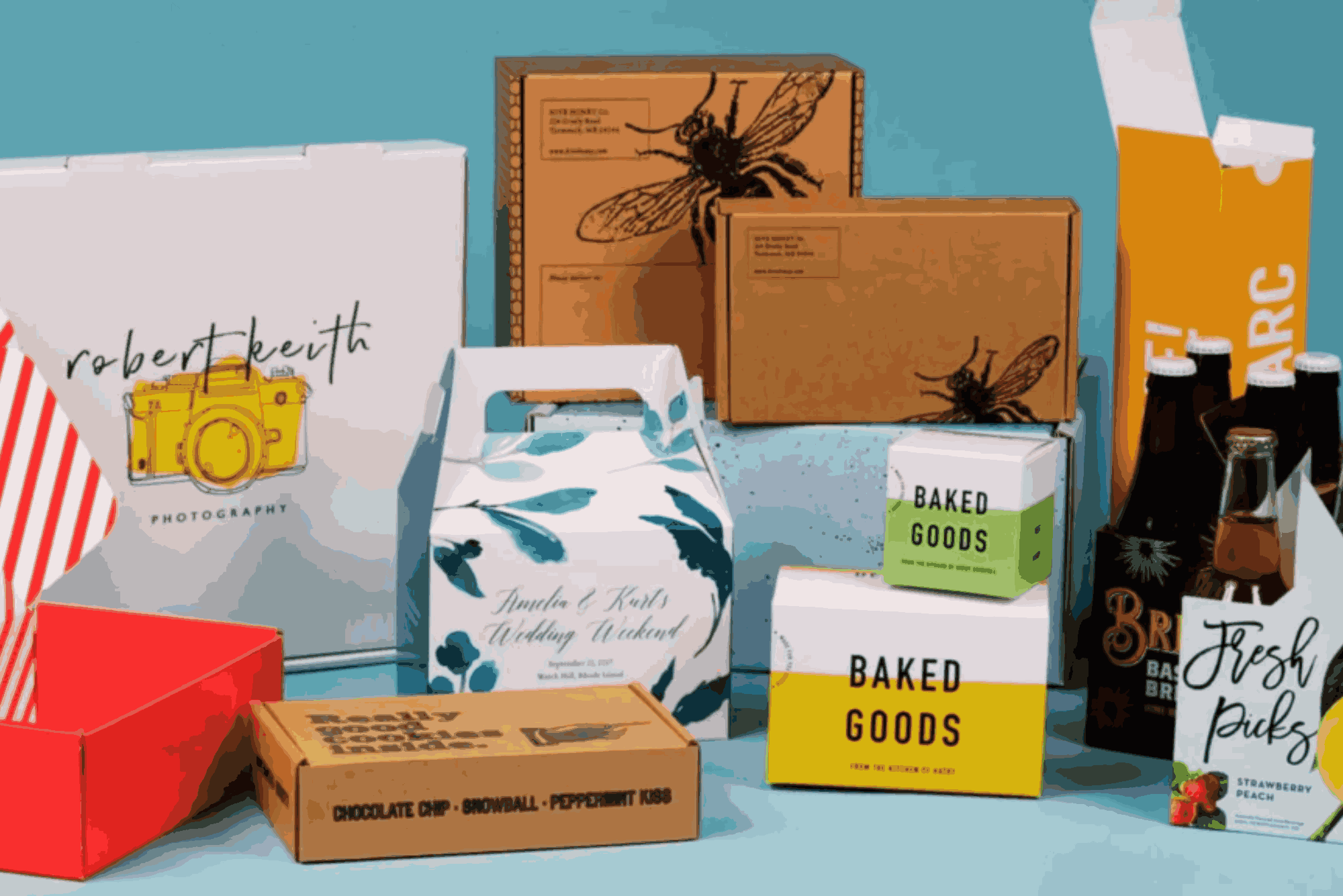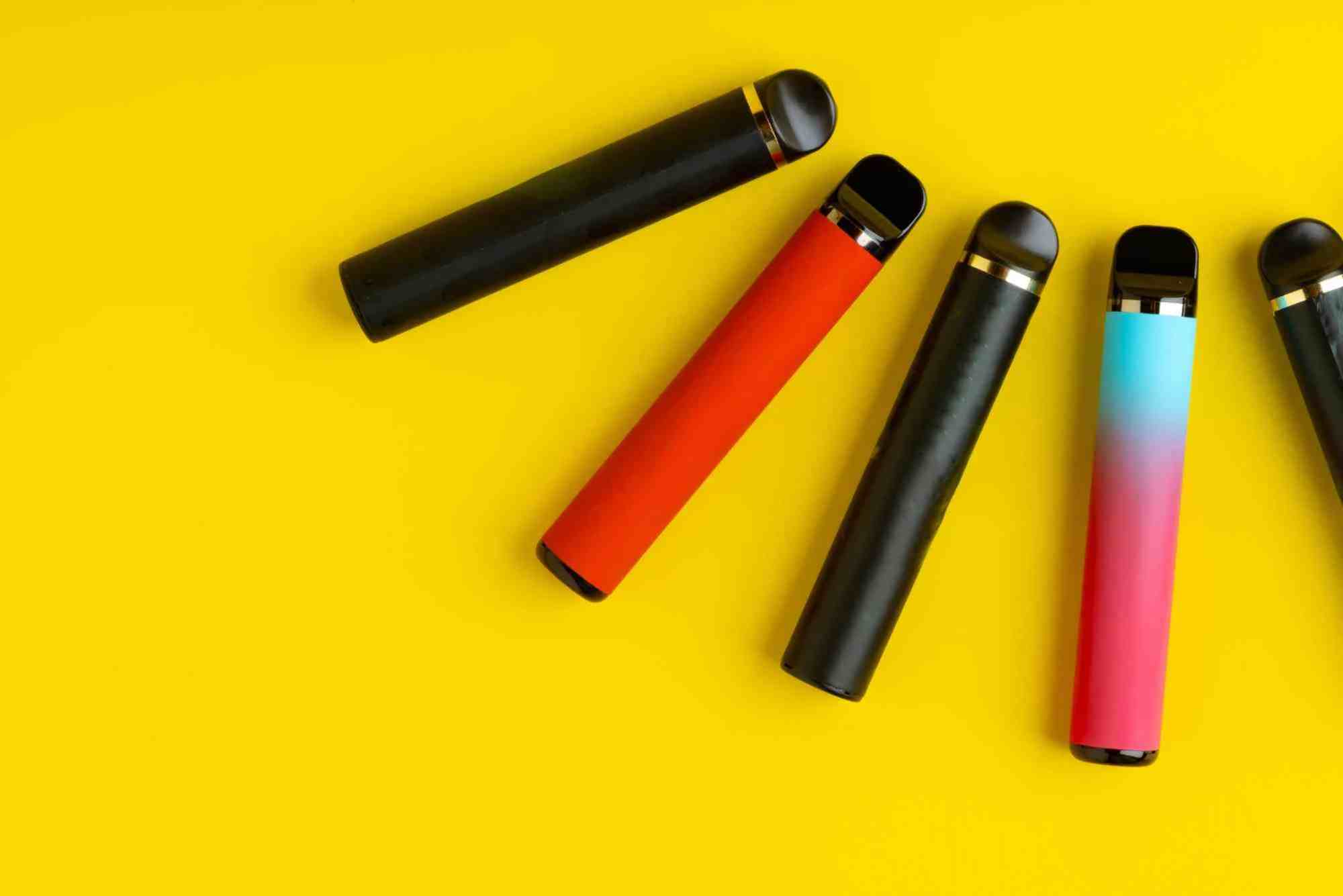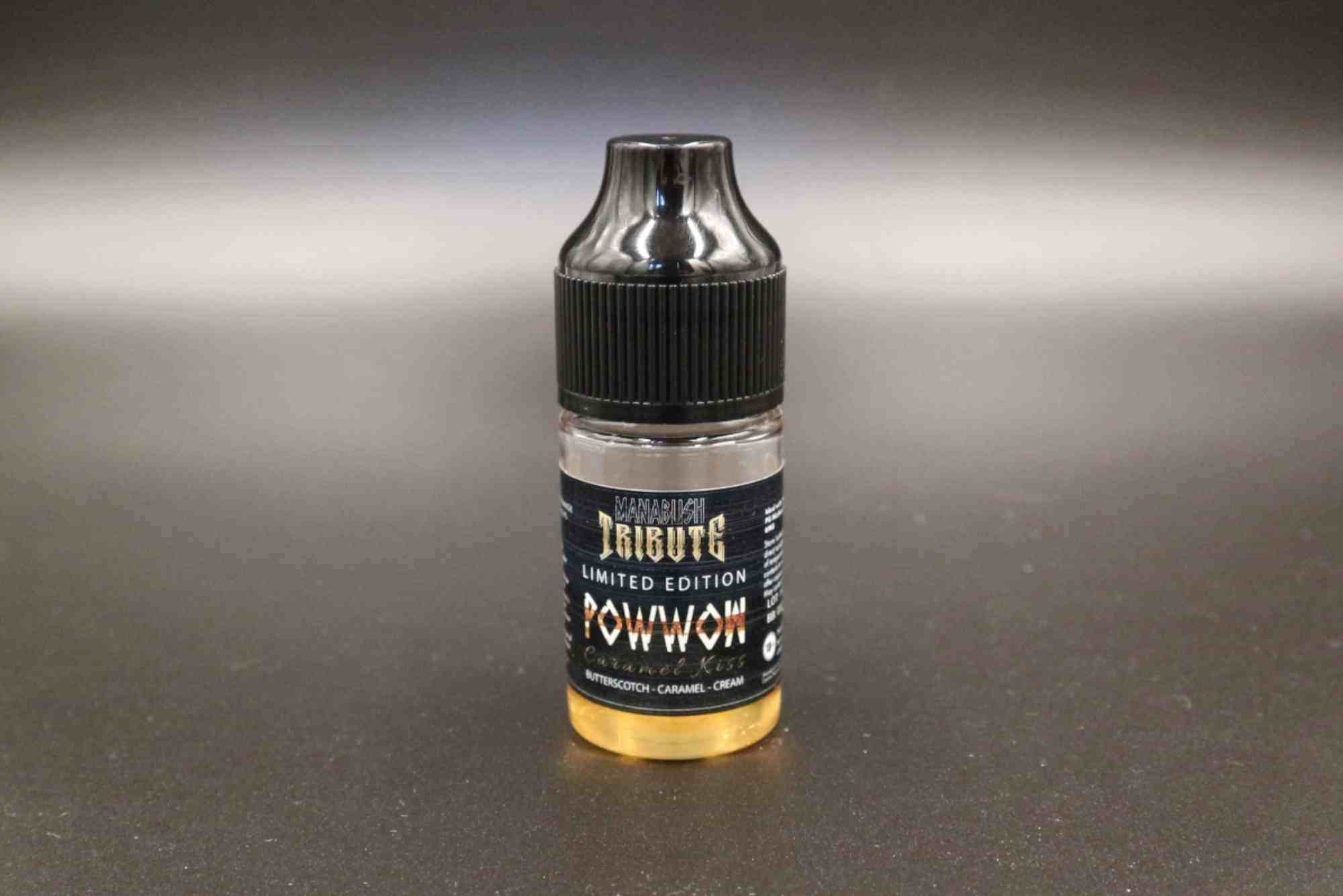As Pakistan’s textile and e-commerce sectors thrive—especially in areas like Multan, Bahawalpur, and Sahiwal—businesses are increasingly prioritizing sustainable and eco-conscious packaging. Whether you’re selling hosiery online or supplying retailers, partnering with vendors who focus on environmentally friendly materials, ethical production, and green certifications can help build brand trust and reduce carbon footprint.
This guide, tailored for Pakistani brands and supported by innovation hubs like Ignite and STZA, outlines how to choose high-quality eco-conscious packaging vendors and subtly promotes solutions for branded hosiery packaging that align with sustainability goals.
Why Eco-Conscious Packaging Matters
It reduces environmental impact, enhances brand image, and meets consumer demand for sustainability.
Eco-conscious packaging isn’t just a trend—it’s a business standard. Over 70% of Pakistani consumers say they prefer brands with sustainable packaging. In South Punjab, labels marked with “recyclable” or “compostable” saw 30% higher traction in online marketplaces.
Benefits include:
Lower carbon footprint
Improved brand reputation
Eligibility for eco-certifications
Access to export markets valuing sustainability
Identifying Certified Eco-Friendly Materials
Look for FSC-certified paper, compostable plastics, and soy-based inks when evaluating materials.
Common Green Materials:
FSC/PEFC paperboard: sustainably sourced
PLA/PLA blends: compostable under industrial conditions
Cornstarch or bagasse bags: biodegradable
Soy-based or water-based inks: non-toxic
Multan startups incubated by Ignite use bagasse mailers to ship hosiery—meeting both eco-standards and brand goals.
Evaluating Vendor Sustainability Claims
Verify vendor claims through certifications, material tests, and transparent sourcing documentation.
Checklist:
Request FSC/compostability certificates
Ask for third-party test reports (e.g., EN 13432)
Inspect sourcing journey and raw materials
Assess factory energy use and plastic avoidance
A Bahawalpur hosiery exporter reduced returns and gained glowing customer feedback after switching to a vetted compostable pouch vendor.
How to Conduct Material Suitability Testing
Evaluate samples for durability, moisture resistance, and print compatibility for your hosiery products.
Testing Steps:
Request samples—sleeves, bags, mailers
Perform shake/drop tests with packaged hosiery
Look for ink adhesion and tear resistance
Expose to humidity (simulate monsoon)
STZA tech labs in Rahim Yar Khan have helped over 20 vendors certify sustainable sleeve materials in real-world tests.
Balancing Sustainability and Cost
Find vendors offering eco-materials at competitive prices by ordering in tiers and partnering through eco-incubators.
Cost Management Tips:
Start with smaller orders
Compare local vs. imported pricing
Seek STZA-supported clusters for cost-sharing
Quantify ROI via reduced damage and better conversions
Brands participating in Ignite’s Green Packaging Challenge achieved cost parity after their second order due to scale.
Qualities of Reliable Vendors
Choose vendors with transparent processes, scalability, custom design support, and local production capacity.
Vendor Traits to Look For:
Clear certifications and testing history
Sample and customization support
Bulk production infrastructure
Quick prototyping via local incubators
In Sahiwal, small vendors linked to STZA collaboratives delivered eco sleeves for hosiery brands with zero delivery delays.
Midpoint Backlink Placement:
To elevate both brand and sustainability, consider custom hosiery packaging that combines eco-materials with tailored design and production reliability.
Working with Local Suppliers vs. Imports
Local suppliers reduce carbon footprint and shipping costs, but imports may offer broader material variety or certification.
Local Benefits:
Shorter lead times
Lower transport emissions
Support local economies
Import Benefits:
Access to exotic biodegradable materials
International compliance standards met
A Layyah hosiery brand combined local kraft sleeves with imported compostable liners for the best of both worlds.
Government & Accelerator Support for Eco-Packaging
Programs like STZA and Ignite offer funding, lab access, and mentorship to help brands source sustainable packaging.
Available Support:
STZA Packaging Labs for testing material performance
Ignite grants for prototype development
NIC Bootcamps on eco-design and supply chain
PSDF training on e-commerce and sustainable sourcing
More than 80 young entrepreneurs across South Punjab received sustainability-vendor training through these initiatives in 2024.
Measuring Impact and Communicating It
Track metrics like CO₂ reduction, plastic waste avoided, and consumer sentiment—and share these stories publicly.
Key Metrics to Track:
Number of plastic bags replaced
CO₂ emissions saved (calc. with vendor data)
Customer survey feedback (eco-friendly messaging)
Brands in Multan publicly shared metrics, leading to a 20% uplift in newsletter signups and better retail positioning.
FAQs
1. How do I verify eco-certifications?
Ask for verifiable certificates like FSC, EN 13432, and packaging test reports.
2. Are compostable sleeves durable for hosiery?
Yes—many use bagasse and PLA blends durable enough for shipping socks and tights.
3. Can small brands afford eco-packaging?
Through STZA group sourcing and Ignite grants, sustainability has become affordable even for small batches.
4. Should I choose local or imported eco-materials?
Local reduces emissions and cost; imports offer wider material options—consider a hybrid approach.
5. How do I communicate eco-benefits to customers?
Use labels like “100% compostable,” share metrics on your site, and include thank-you notes.
6. Can eco-packaging impact product safety?
If properly tested for durability and moisture-resistance, eco-packaging performs equal to conventional options.
7. Do Pakistani vendors have green credentials?
Yes—local firms linked to STZA in Multan and Bahawalpur now offer eco-friendly, certified packaging options.
Final Thought
Over my years working with textile startups in Multan and Bahawalpur, I’ve seen a powerful shift: eco-conscious packaging evolving from niche aspiration to mainstream expectation. The support from STZA and Ignite has been instrumental in equipping South Punjab entrepreneurs with both the tools and the mindset.
Choosing the right vendor is more than a supplier decision—it’s a brand value, a regulatory hedge, and a customer promise. By thoughtfully vetting materials, doing the testing, and leveraging regional innovation ecosystems, your brand can claim a stake in Pakistan’s sustainable textile future—one compostable sleeve at a time.






